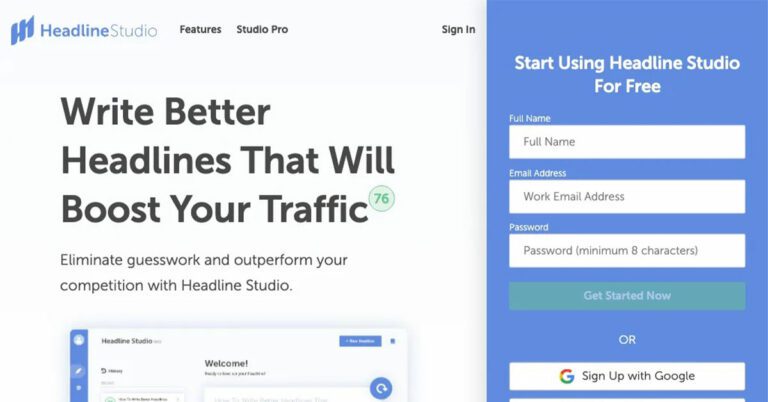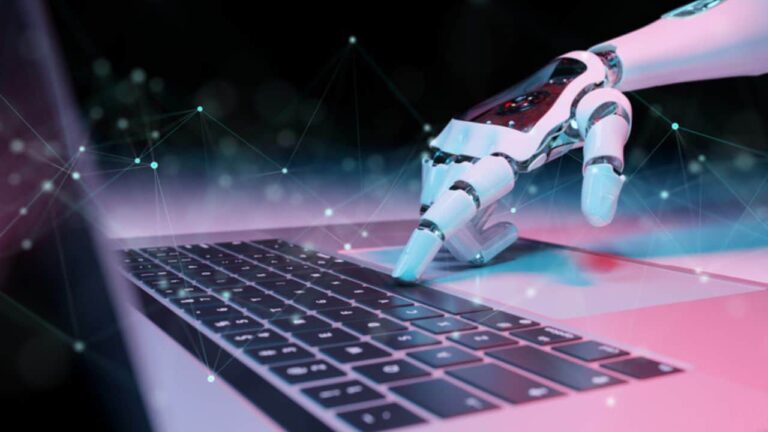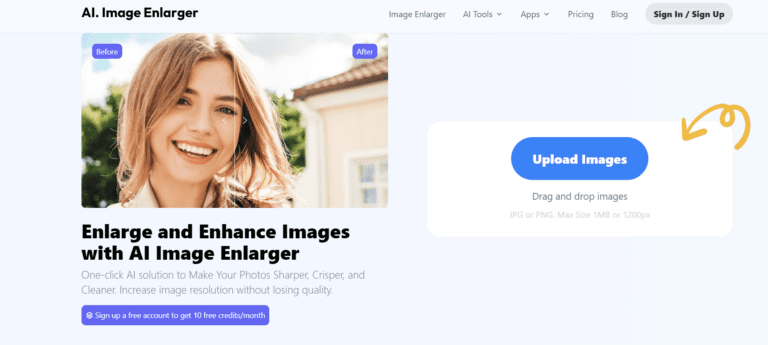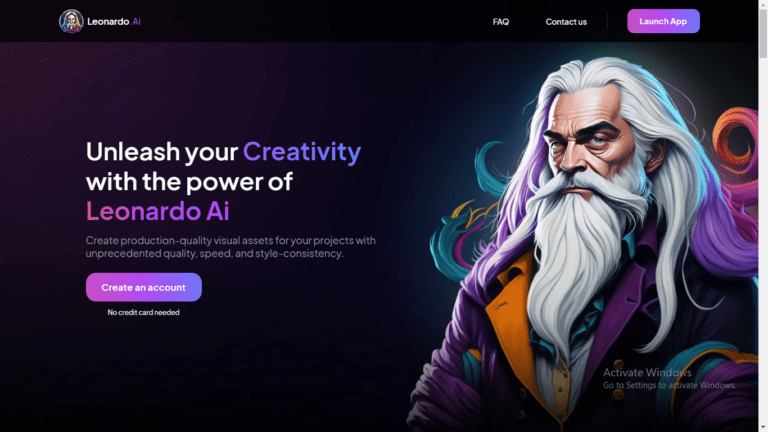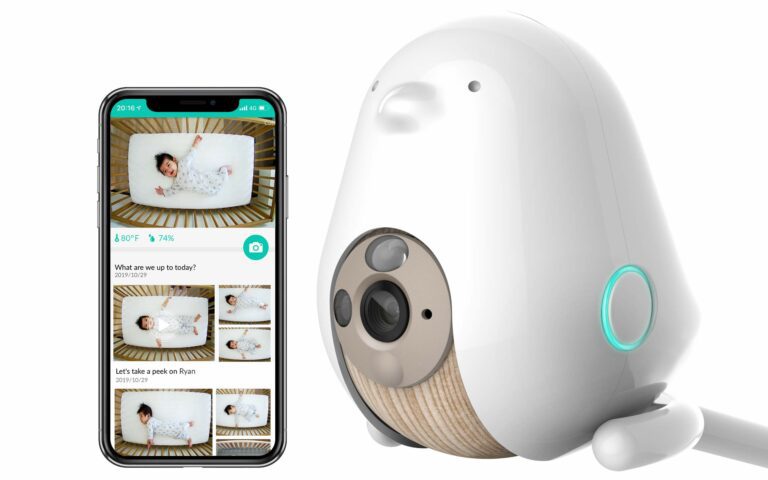Do you want to learn how to do AI voice covers?
With recent technological advancements, Artificial Intelligence (AI) is being implemented in more areas, including music production.
AI can now create non-human sounding “voice covers” of original songs with their unique style and flair.
In this blog post, we will show you the ins and outs of doing AI voice covers so you can make your remixes using artificial intelligence.
Let’s get started.
Table of Contents
What is an AI Voice Cover?
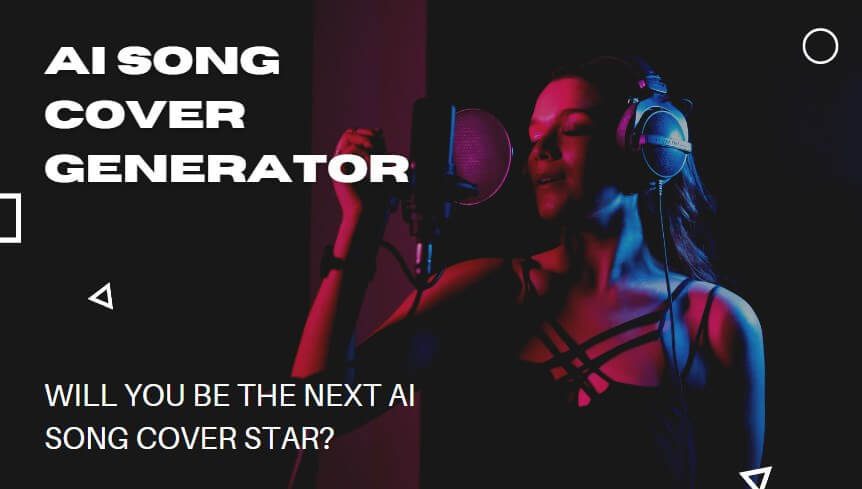
An AI Voice Cover is a uniquely generated vocal rendition of a song, produced not by a human artist but by an Artificial Intelligence.
This technology utilizes machine learning to analyze the intricacies of a given song’s vocals, including the melody, rhythm, and even emotional tone.
It then replicates these elements, producing a ‘cover’ that bears the AI’s unique digital signature.
Although these AI renditions can closely mimic the original artist’s performance, they often bring a distinctive quality, offering a fresh, innovative take on familiar songs.
What are the Benefits of AI Voice Covers?
AI Voice Covers bring a myriad of benefits to the music industry.
They enable producers to experiment with different styles and tones without requiring a human artist’s physical presence, making music production more efficient and cost-effective.
They also provide a platform for unique interpretations of classic tunes, introducing a new layer of creativity and innovation.
Moreover, AI Voice Covers can be a tool for artists with vocal limitations, allowing them to articulate their musical ideas without the constraints of their physical abilities.
Lastly, AI in music production paves the way for exploring new sonic landscapes, pushing the boundaries of what is possible in music.
How to Do AI Voice Covers: Step-By-Step Process
Step 1: Selecting the Right AI Voice Cover Software
To begin your journey with AI voice covers, the first step is to choose the right AI voice cover software.
There are several options available, each with its unique features and capabilities.
OpenAI’s MuseNet, IBM’s Project Debater Speech by Crowd, and Google’s Magenta Studio are among the popular choices.
When selecting your software, consider factors like the range of vocal styles and tones it can produce, its ease of use, and the output quality.
Some software may offer trial versions, allowing you to test their capabilities before committing.
Once you have chosen suitable software, download and install it following the manufacturer’s instructions, and you’ll be ready to move on to the next step.
Step 2: Collecting the Data
The next step in creating AI voice covers is collecting the necessary data.
This data typically consists of the original song’s vocals, ideally isolated from other audio elements.
High-quality, clear vocal tracks will produce the best results, allowing the AI to accurately analyze and reproduce the nuances of the singer’s voice.
If the original track does not have isolated vocals, you might need to use a software tool to separate the vocals from the instrumental components.
Several online platforms, such as Spleeter by Deezer, can perform this task.
After you’ve procured the isolated vocals, import them into your chosen AI voice cover software.
This will be your primary dataset that the AI will use to create the voice cover.
Step 3: Analyzing the Song
The next step involves analyzing the song after importing the isolated vocals into your chosen AI voice cover software.
During this phase, the AI will dissect the vocals, studying melody, rhythm, pitch, and emotional inflection.
Different software may have varied methods for initiating this process, but generally, it involves selecting an ‘analyze’ or ‘study’ command within the program.
This analysis might take some time, depending on the song’s complexity.
Patience is key here – the more thoroughly the AI can study the vocals, the more accurately it can replicate them.
Once the analysis is complete, you can move on to the next step: generating the AI voice cover.
Step 4: Generating the AI Voice Cover
After the AI has thoroughly studied your chosen song’s vocals, it’s time to generate the AI voice cover.
This step involves instructing your chosen software to apply the insights from its analysis to create a new vocal track.
Typically, this can be done by selecting a ‘generate’ or ‘create’ command in the program.
This process might take some time, depending on the song’s complexity and the software’s capabilities.
It’s important to remember that the generated track is a ‘cover’ – it won’t be a perfect match to the original vocals, but rather an AI’s unique interpretation.
Once the process is complete, your AI voice cover will be ready to mix, share, or further refine.
Step 5: Reviewing and Fine-Tuning
Once your AI-generated voice cover is ready, it’s time for reviewing and fine-tuning.
Listen to the AI voice cover multiple times to identify areas that need adjustments.
AI software often includes options for tweaking and refining the output.
You might want to adjust the pitch, tone, or rhythm to match the style of the original song better. This process may require some trial and error to achieve the desired result.
Remember, the goal isn’t to create a perfect replica of the original but to create an intriguing blend of the original song’s elements and the AI’s unique “voice.”
Once you’re satisfied with the outcome, save your project.
Your AI voice cover is ready for distribution or integration into a larger musical project.
Step 6: Exporting the Final Product
The final step in the process is exporting your AI voice cover.
Typically, AI voice cover software includes an ‘export’ or ‘save’ command, which allows you to convert your project into a standard audio file format, such as MP3 or WAV.
In this step, you will likely have options to select the audio quality, file format, and the destination where your file will be saved.
Ensure you choose settings that best suit your needs, whether aiming for optimal audio quality or balancing file size for sharing or distribution.
Once you have set your preferences, execute the export command.
Your AI voice cover will be saved in the chosen format at the specified location, ready for you to share, distribute, or incorporate into other musical projects.
Remember to always backup your work to prevent any loss of data. This marks the conclusion of your AI voice cover creation journey.
Helpful Tips to Generate The Best AI Voice Covers
- Select High-Quality Vocal Tracks: The quality of your input data significantly influences the quality of your AI voice cover. Always ensure that the vocals you work with are of the highest possible quality.
- Practice Patience During Analysis: Allow sufficient time for the AI to analyze the song. The more detailed the analysis, the better your AI voice cover. Do not rush this process.
- Explore Different Software Options: Not all AI voice cover software is equal. Don’t be afraid to try different options to see which best suits your needs.
- Experiment with Different Settings: Most AI voice cover software offers a variety of settings that allow you to alter the voice’s tone, pitch, and rhythm. Don’t be afraid to experiment with these settings to achieve your desired sound.
- Iterate and Refine: The first AI voice cover generated may not meet your expectations. Don’t despair. Listen, revise, and refine repeatedly until satisfied with the results.
- Seek Feedback: Sharing your AI voice cover with others and receiving feedback can provide new perspectives and insights on improving your work.
- Enjoy the Process: Last but not least, enjoy the creative process. This is a new frontier in music, and you’re part of it! Enjoy the journey as much as the destination.
Best AI Voice Cover Generators
Murf
Murf is one of the most popular and impressive AI voice generators.
It enables users to convert text into speech, create voice-overs, and transcribe dictation.
This technology is precious for professionals, including product developers, podcasters, and educators.
Murf is also a powerful tool in the business world, aiding in creating engaging presentations and promotional content.
With robust features and a user-friendly interface, Murf is a top-notch choice for AI voice cover generation.
Kits
Kits are another noteworthy AI voice-generation tool that offers many features to create unique voice-overs.
This platform is an AI Voice Toolkit designed to “supercharge” your voice.
With just a single click, users can create their own AI voices.
Moreover, Kits provides an ever-growing library of commercial use and officially licensed artist voices.
This allows you to transform your voice, mirroring the tones and inflections of famous personalities and inject character into your voiceovers.
Whether you’re venturing into podcasting, developing interactive applications, or crafting engaging presentations, Kits’ diverse range of voices and intuitive interface make it an excellent choice for AI voice cover generation.
Musenet
MuseNet is a generation system that enables musicians to create music using AI models.
It uses GPT-3 technology to generate melodies, harmonies, and chords given different input parameters.
This platform can help you create songs or musical pieces, including vocals.
The generated vocals can then be used as an AI voice cover for existing songs or as original compositions.
With Musenet, the possibilities for musical expression are endless.
Magenta Studio
Magenta Studio is a suite of AI tools designed to aid musicians and artists in their creative process.
One of its features, called “Melody Mixer,” uses AI technology to generate unique vocal melodies based on user input.
This allows for experimenting with melodic ideas, resulting in intriguing and unexpected vocal arrangements.
Magenta Studio also offers features such as “Drumify” and “Piano Genie,” which utilize AI to generate accompanying drums and piano parts.
With its intuitive interface and powerful AI technology, Magenta Studio is an excellent choice for musicians looking to incorporate AI voice covers into their work.
FAQs
Can I Make Money with AI Song Covers?
Yes, generating revenue with AI song covers is possible, but navigating the potential legal and copyright implications carefully is crucial.
If you’re creating cover songs using AI technology and monetizing them, you must ensure you have the necessary permissions and rights to the original songs.
This often involves obtaining mechanical licenses for the songs you cover.
Some platforms, such as Spotify, Apple Music, and other streaming services, compensate artists for streams of cover songs, provided the proper licensing is in place.
Additionally, you can make money by selling AI-generated music services, creating unique compositions for clients, or running ads on free AI music platforms.
Remember, the legitimacy of monetization largely depends on the copyright laws in your area and the specific terms of the platform you’re using, so always do your research to avoid legal complications.
What is the Best AI Cover Generator? (How to Do AI Voice Covers)
The ‘best’ AI cover generator depends on your specific needs and preferences.
However, a few standout choices are widely recognized for their superior capabilities. Murf, Kits, MuseNet, and Magenta Studio are notable among these.
Murf and Kits are known for their user-friendly interface and various voices they can generate.
At the same time, MuseNet and Magenta Studio are applauded for their advanced music generation abilities.
